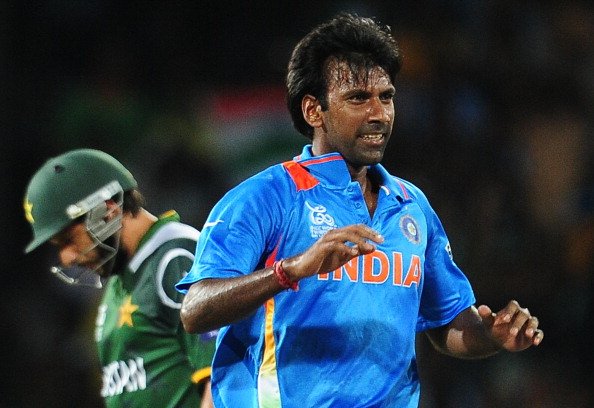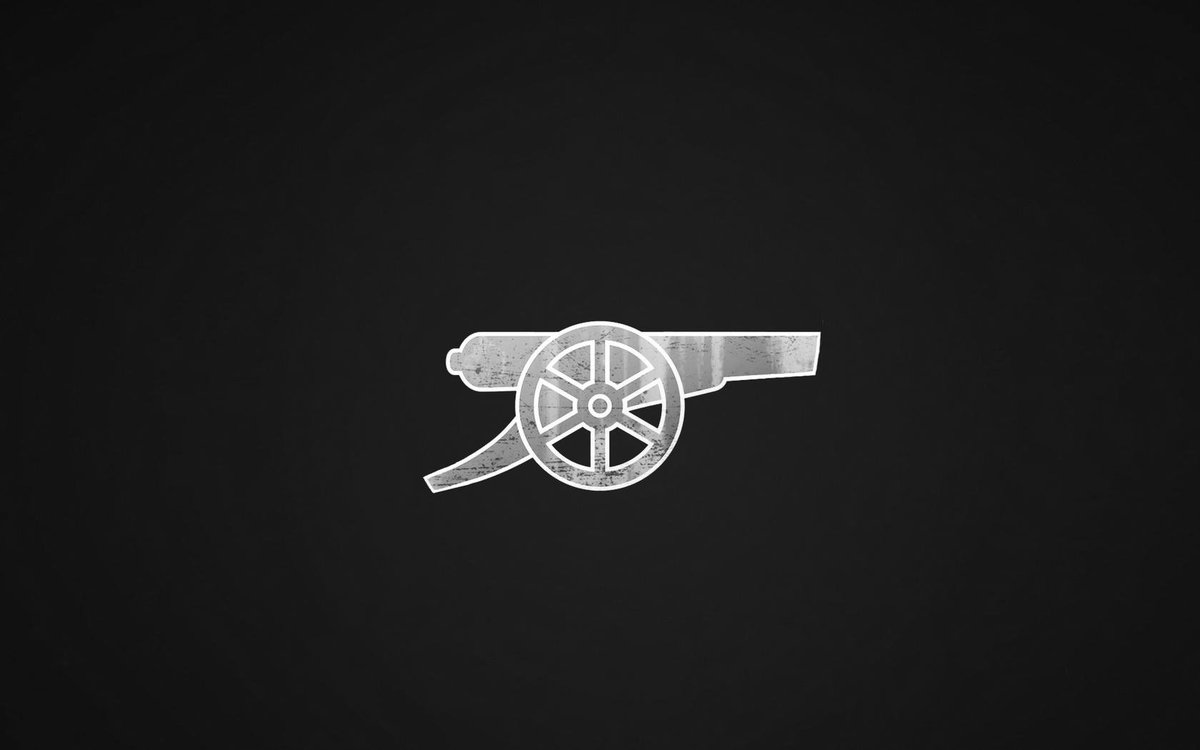Lack of training and awareness took a toll on my body, reveals Lakshmipathy Balaji
Former Indian pacer Lakshmipathy Balaji, whose decade-long international career was hampered by injuries, has revealed that his body broke down due to insufficient training and strengthening. Balaji further shed light on the challenge of staying fit at the elite level for a sustained period of time.

In Cricket, or be it in any sport for that matter, there are few things more exciting than seeing a youngster, or a prodigy, coming to the limelight and instantly taking everyone’s breath away. The sheer frenzy and hysteria that’s induced watching them play is immeasurable and, more often than not, fans and people involved in the sport are excited by the prospect of “what could be?”.And this high, in turn, motivates the youngster, keeps him buzzed and helps him go on and on and on, not taking into consideration any other factor.
And Laximapathy Balaji’s case was no different. At just 21 years of age, Balaji saw himself making his debut at the international arena for a country that was starved of genuine pacers. In fact, when Balaji made his debut for India in an ODI versus the Windies in Vadodara in 2002, a 33-year-old Javagal Srinath was the lone pacer in the side, with Sanjay Bangar and Sourav Ganguly being the only other ‘pace-bowling’ options. Hence, unsurprisingly, the fans, the media, fellow cricketers - and Balaji himself - were excited at the prospect of seeing a genuinely fast, skillful bowler feature in the team week in and week out. It was like feast at the time of famine.
Whilst his talent, skill and ability were taken into consideration, what was, however, completely negated was that he was very young, meaning that his body was still tender and not used to the intensity of the rigours of international cricket. And Balaji, who had a quick - three years, to be precise - turn around from gully cricket with Tennis ball to top tier cricket with a leather ball, shed light on how the drastic change in intensity eventually took a toll on his body, with time.
“As a sportsperson, especially, the fast bowler in India, awareness is very minimal. We’re not developed from childhood. I started as a Tennis ball cricketer and suddenly the (high) standard of cricket was introduced to me like an accident,” Balaji said, addressing the gathering at the Global Sports Injury Conclave (GSIC) 2020 in Bengaluru, an initiative of Dr Dayal Foundation (DDF).
“I started bowling the cricket ball only in 1998 and I end up playing for the country in 2001/02. Within the span of three years, my elevation and growth in cricket had shot up. At that time, I realized that I didn’t have much knowledge about taking care of the body. Sometimes everything happens so fast. Suddenly a breaking point when everything comes into realization where the body starts giving up.”
And it didn’t take long for his body to break down. As early as 2005, just three years into his international career, Balaji suffered a lower-back stress fracture, one that many feared would end his career. Eventually - and thankfully - it didn’t, but it did considerably dilute his pace. The 38-year-old, who is the bowling coach of Chennai Super Kings, spoke about how his body suffered due to making the almost-instant transition to the higher level, with it having no more than two years to get acclimatized to the lung-busting rigours of international cricket.
“The demands in International Cricket are huge. And that’s when I felt a little bit uncomfortable. If a cricketer has started his career early at 12 or 13 years of age, he will have time to invest on his body. When you start at 17 and end up playing international cricket at 19, your body starts feeling uncomfortable.”
The former Indian pacer, who made his first-class debut in 2001 for Tamil Nadu and plied his trade there for the entirety of his career, also revealed how there was all but no training, strengthening and conditioning back in the day at the lower levels and how running was the only training regime for him back in the day.
“Training was not in our system. In the early 2000s, running used to be my only training. I would just go to the ground and run. You end up bowling 25 to 30 overs in a day and at the end of it, you again run; there was no strength and conditioning. Only at the international level there was a little bit of awareness due to the presence of professionals. But when it came to first-class cricket and the under-19 level, back in the day, there were no proper training and body strengthening regimes.”
Balaji, who also now spends his time coaching and educating young kids at the grassroots levels, is, however, happy with the introduction of the National Cricket Academy (NCA) in Bengaluru, which he believes is of great help for the younger players in diagnosis, treatment and prevention of injuries.
Despite playing international career for 10 years, the 38-year-old just featured in a total of 43 games for the country and Balaji, taking the examples of Roger Federer and Sachin Tendulkar, attested that the real challenge for any elite athlete would be to sustain their fitness for an elongated period of time. Further, he wishes for the current generation of budding cricketers to make the best use of all the facilities available at their disposal and believes that they, unlike him, will have the awareness and opportunity to educate themselves about injury management.
“But since, the NCA has come in, and they are learning and analyzing injuries. So cricketers now at least have some kind of support and insight. Injuries over the years have opened up many eyes. There are so many elements in a sportsperson’s career. Getting to the international level - breaking into the team amongst 1 billion people - is hard, but staying there for 15 years at the top level is the most difficult part.
“You really have to take care of your own body. And people have now got that awareness - you look at someone like a Roger Federer, Tiger Woods, MS Dhoni or even Sachin Tendulkar, who’ve played almost until they are 40. They’re able to last for a long period. This generation has got knowledge, not particularly through the internet but through a lot of conclaves and awareness camps, which gives them the opportunity to start (learning) early.”
Cricket FootBall Kabaddi
Basketball Hockey
SportsCafe

Comments
Sign up or log in to your account to leave comments and reactions
0 Comments